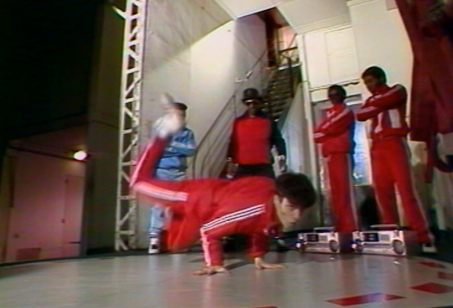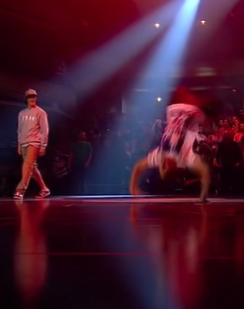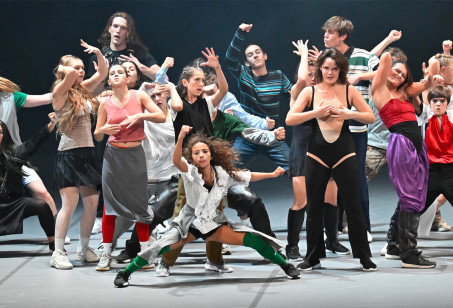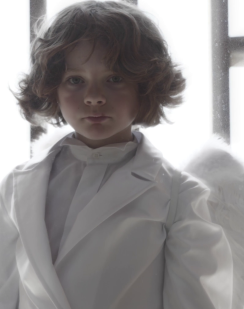A webdoc is a documentary enriched by various resources: videos, iconography, newspaper articles, soundtracks, links.
Discover the world of dance via webdocs, courses and virtual exhibitions
image
Titre
0Webdocs
Body
image
Titre
0Courses
Body
A Course presents around ten commented video extracts in voice-over as well as a downloadable thematic file to go further.
image
Titre
0Virtual Exhibitions
Body
A virtual exhibition offers a narrative approach to discover a work, an author's working process, a company or a structure.
All ressources
-
Traditional dances from Benin
Jaï Production
Focus on traditional dances from Benin. -
The American origins of modern dance. [1960-1990] Postmodern dance and Black dance: artistic movements of their time
Numeridanse
Alors que les différentes visions de la Modern dance développées depuis la fin des années 1920 continuent à être actives, à se transformer et que leur rayonnement à l’international croît, une nouvelle génération de danseurs émerge dans une Amérique en pleine mutation. -
PINA, YOU and ME….
LALANBIK CRDC
-
Heddy Maalem
-
Dancing to exist
Numeridanse
-
Hip hop enters the French arts scenes
Numeridanse
-
10th EIVV 2023, Selection of works
International Meeting on Videodance and Videoperformance
-
Pica, le Minotaure et ses Muses
Ballet de danse physique contemporaine
-
Hip-hop: a grassroots movement
Numeridanse
First part of the trilogy of a history of hip hop dance in France
Pagination
Your opinion interests us



